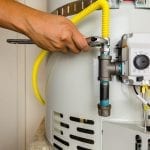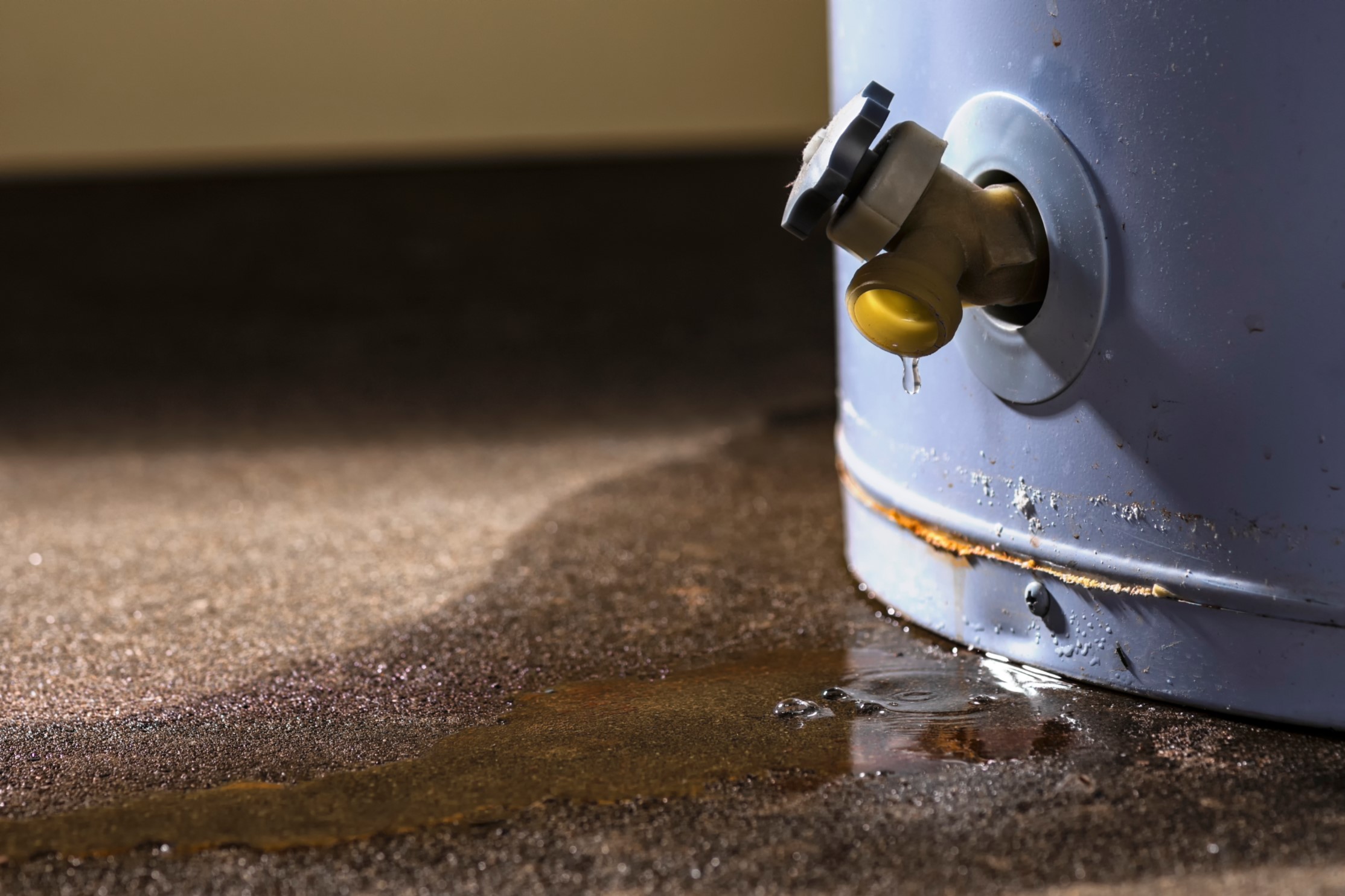This great article down the page on the subject of Tips on Maintaining a Water Heater is quite attention-grabbing. Don't bypass it.

Hot water is essential for day-to-day convenience, whether it's for a revitalizing shower or washing dishes. To guarantee your hot water system runs efficiently and lasts much longer, routine upkeep is key. This article supplies useful tips and understandings on exactly how to preserve your home's warm water system to prevent disruptions and pricey repair work.
Introduction
Preserving your home's hot water system could appear challenging, yet with a few simple actions, you can ensure it runs smoothly for years to find. This guide covers whatever from understanding your warm water system to DIY upkeep suggestions and recognizing when to contact specialist assistance.
Relevance of Preserving Your Warm Water System
Routine maintenance not just expands the life expectancy of your warm water system but additionally ensures it operates efficiently. Ignoring upkeep can result in lowered performance, higher power costs, and even premature failure of the system.
Signs Your Warm Water System Requirements Upkeep
Knowing when your hot water system requires focus can avoid significant concerns. Watch out for indicators such as inconsistent water temperature, odd sounds from the heater, or rustic water.
Recognizing Your Hot Water System
Before diving right into upkeep tasks, it's valuable to recognize the standard elements of your warm water system. Typically, this includes the water heater itself, pipes, anode poles, and temperature level controls.
Month-to-month Upkeep Tasks
Normal monthly checks can help capture minor concerns before they rise.
Purging the Water Heater
Flushing your water heater eliminates sediment accumulation, enhancing efficiency and prolonging its life.
Checking and Replacing Anode Rods
Anode rods avoid rust inside the storage tank. Evaluating and replacing them when worn out is essential.
Examining and Changing Temperature Settings
Adjusting the temperature settings guarantees ideal performance and security.
DIY Tips for Maintenance
You can perform a number of maintenance tasks yourself to maintain your warm water system in leading problem.
Looking for Leakages
On a regular basis check pipelines and connections for leakages, as these can result in water damages and greater bills.
Checking Pressure Relief Valves
Checking the pressure relief valve ensures it functions correctly and stops extreme pressure build-up.
Shielding Pipelines
Protecting warm water pipelines reduces warmth loss and can conserve power.
When to Call a Professional
While do it yourself upkeep is helpful, some problems call for specialist know-how.
Complicated Concerns Needing Professional Aid
Examples include significant leaks, electric troubles, or if your hot water heater is regularly underperforming.
Regular Expert Maintenance Conveniences
Expert maintenance can include comprehensive inspections, tune-ups, and making certain compliance with safety requirements.
Conclusion
Regular upkeep of your home's hot water system is crucial for effectiveness, longevity, and expense savings. By complying with these suggestions and knowing when to look for professional assistance, you can ensure a trustworthy supply of hot water without unanticipated disruptions.
How to Maintain an Instant Hot Water Heater
Before tinkering with your hot water heater, make sure that it’s not powered on. You also have to turn off the main circuit breaker and shut off the main gas line to prevent accidents. Also turn off the water valves connected to your unit to prevent water from flowing into and out of the appliance. 2. When you’re done, you have to detach the purge valves’ caps. These look like the letter “T†and are situated on either side of the water valves. Doing so will release any pressure that has accumulated inside the valves while at the same time avoid hot water from shooting out and burning your skin. 3. When the purge valves’ caps are removed, you have to connect your hosing lines to the valves. Your unit should have come with three hoses but if it didn’t, you can purchase these things from any hardware or home repair shops. You can also get them from retail stores that sell water heating systems. Read the user’s manual and follow it to complete this task properly. When the hosing lines are connected, open the purge port’s valves. 4. You should never use harsh chemical cleaners or solutions when cleaning your unit. Make use of white vinegar instead. It should be undiluted and you’ll probably use about 2 gallons. 5. Now flush your water heater. This task should probably take about 40 minutes. We can’t give you specific directions for this because the procedure is carried out depending on the type, model and brand of your heater. With that being said, refer to the user’s manual. 6. When you’re done draining the unit, you have to turn off the purge port valves again. Remove the hosing lines that you earlier installed on each of the water valves. Put the valve caps (purge port) back in their respective places and be very careful so as not to damage the rubber discs that are found inside these caps. 7. Now that everything’s back in place, check your user’s manual again to find out how to reactivate your water heating system. 8. Once it is working, turn one of your hot water faucets on just to let air pass through the heater’s water supply pipes. Leave the tap on until water flows smoothly out of it. https://www.orrplumbing.com/blog/2014/september/how-to-maintain-an-instant-hot-water-heater/

Do you like more info about Tips on Maintaining a Water Heater? Try to leave a short review down the page. We'd be glad to find out your ideas about this blog. Hoping that you visit us again before long. Are you aware of somebody who is very much interested in the niche? Feel free to promote it. We appreciate reading our article about How to Maintain Your Water Heater & Prolong its Life.
This Resource